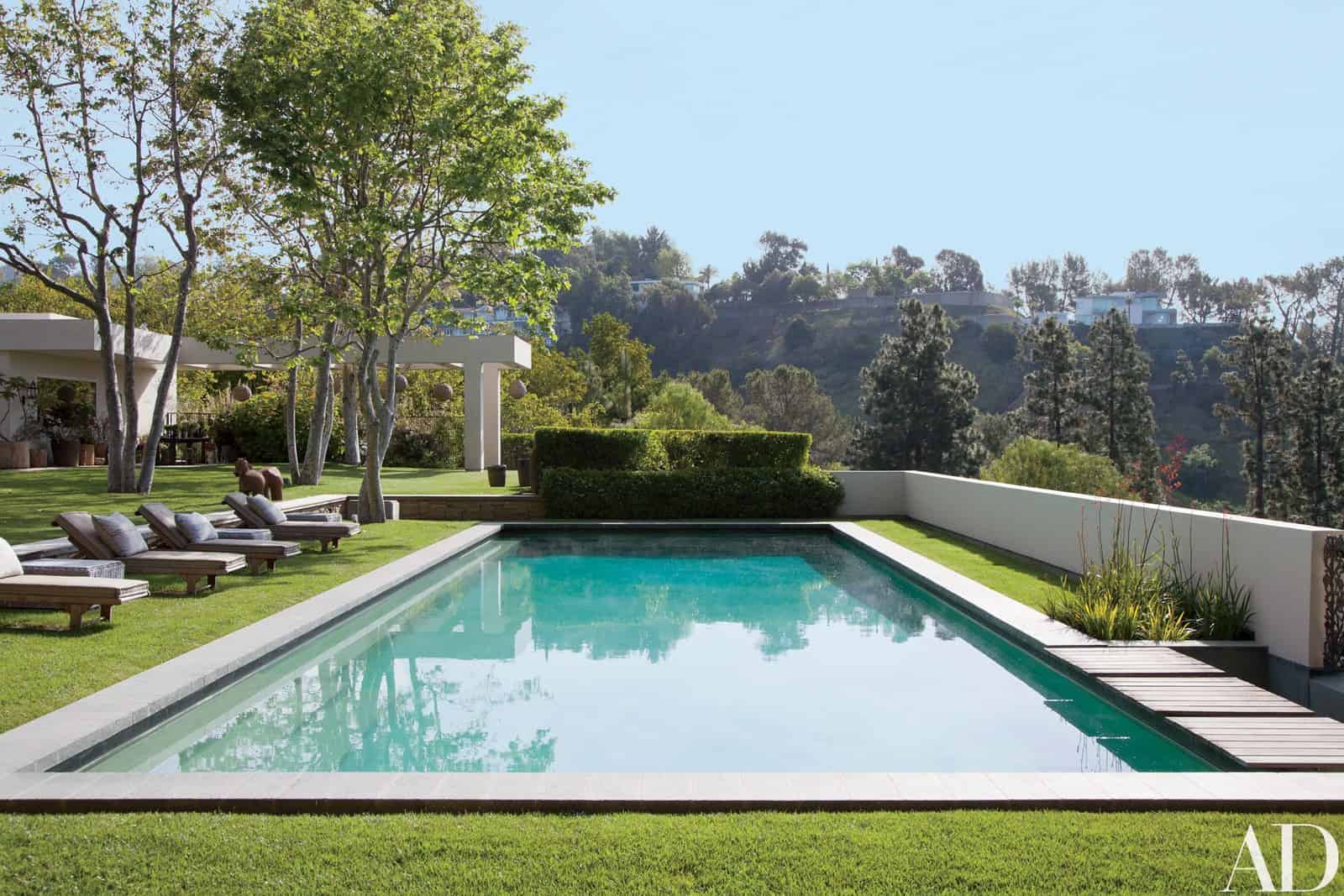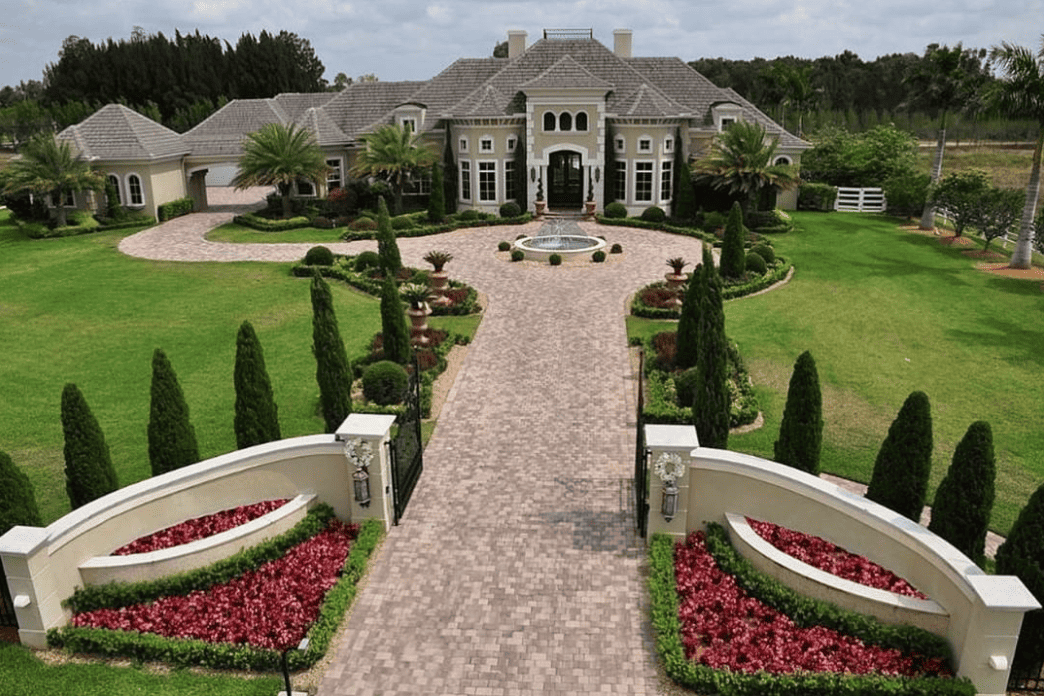
Pool Designs: Transform Your Backyard With Luxury Soake Pools in Northern Virginia


By Ed Ball | Published on March 17, 2020 | 3 min read

Looking for a little extra privacy in your backyard?
Privacy fences can handle some jobs, but they aren’t always the softest option for creating a screen. Luckily there are lots of options available even if you have a small space or are at the mercy of shade.
Here are some of our ideas for screening plants.
Boxwood is a classic hedge plant long used to define beds and enhance architecture. Boxwood planted in the ground can screen shorter items, but when set into architectural pots their height takes on a new dimension. One of its benefits is boxwood can be shaped to compliment your architecture and design aesthetic from modern to traditional, plus it’s evergreen which means it will provide consistent screening year-round.
Cypress trees offer several evergreen species that can grow up to 60’ tall – and thrive in our Midatlantic region. Regal and consistent in shape, they make a striking design element when planted in a screening row. Also reminiscent of Italian design, Cypress trees grow tall enough to block out the first story of your neighbor’s home!
Holly is a popular option in our region as its thick evergreen foliage creates a dense barrier. Holly can also be shaped to some extent to span from casual to formal, depending on your design needs. It’s low maintenance and quick growing with beautiful seasonal berries, which can be brought indoors for decorating. Further, its flowers attract and support our native butterflies and bees. Some holly species are the go-to plant for heavy shade areas.
Thuja trees have a soft conical shape, offer several species, and reach to 60’ high when fully grown with spreads of 8’. When planted closely, they can be maintained to form a tall, thick hedgerow. Alternatively, Thuja trees are stately, given a little space, so they can create a screen that’s appropriate for many landscape design styles. Another bonus? They’re native to this area!
Bamboo is one invasive plant, and it’s very happy to spread like crazy in our area. That said, if you have space or can contain it, bamboos can be a great, fast-growing option for screening. In addition, there are some non-invasive species that form clumps such as Fargesia bamboos, which slows their spread. Non-invasive Bambusa Textilis Gracilis also clumps and can be easily shaped into the perfect hedge to block out your neighbors. Still wary? Try planting bamboo in large containers and enjoy their screening powers!
Italian Buckthorn is a bit on the edge of our zone requirements, but if protected can serve as a tall beautiful screen reminiscent of European landscapes. Growing up to 20’ tall and nearly as wide, Italian Buckthorn offers several types for your landscape project.
“Evergreen” is used both to describe trees that keep their foliage all year and to describe pines, spruces, firs, and even cedar trees. With a classic “Christmas Tree” shape, these varieties also work well to create living screens, each offering differences in color, texture and mature height. Perfect for any landscape design, these classic trees are a mainstay in our designs.
Deciduous trees can also offer excellent screening – and there is a wide range of blooming and non-blooming trees in a variety of sizes. But, keep in mind, with all the benefits of prolific blooming, beautiful foliage and awesome fall color, they do lose their leaves in the fall. Examples of deciduous trees: oak, maple, hickory, cherry and hornbeam. Protip: For a more natural look, you can mix evergreen and deciduous.
If you need help choosing the right screening solution for your landscape, we can help! Not only do we know our plants, we’ll make sure the care and maintenance fit your lifestyle while fitting beautifully into your landscape. Let’s get started on your project before the season is upon us!